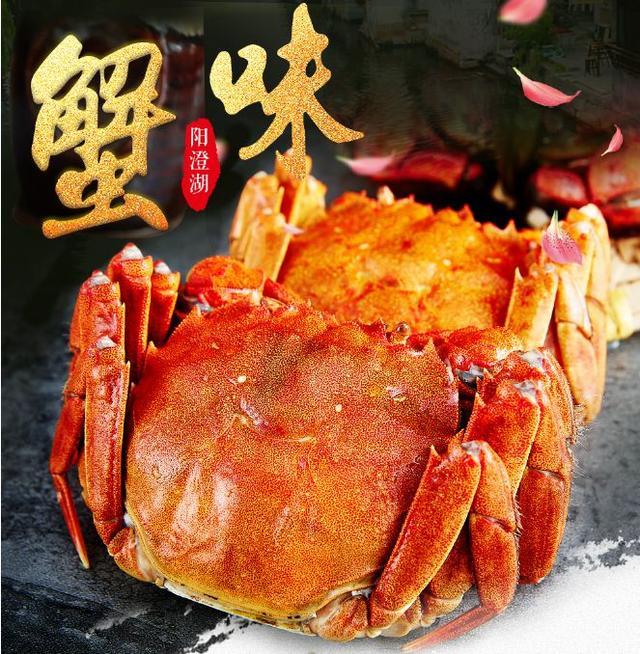12 common succulent problems have finally been found (with tips)

The 12th
?
Foreword Qian Yan
Love succulent love life (WeChat: duorou91) reply "Community" to share with 20W meat friends!
The background replied "delicious meat", "summer, watering, leaf insertion, soil allocation, disinfestation, black rot" to view the relevant maintenance knowledge.
Reply to succulent names such as "White Peony, Ruby, Raul" to view the latest succulent brochure.
Welcome to put the original basin friend circle ~ if you need to reprint or contribute, please contact Huichang Wechat duorouzw01.
Author / Qiya Flowers
Editor / succulent plant sink
Many people say that succulent plants are delicate and difficult to feed. I think it's too one-sided.
Raising succulent plants is not just the word "delicate", it can be summed up! Come and see if you have encountered any of the following 12 common problems in raising meat.
1. The lower leaves are withered and yellow and abnormally fallen leaves.
It is usually caused by high temperature or insufficient light. If the temperature is too high, there is usually no overgrowth, that is, the plant is still growing normally, so it is still necessary to supply water in a normal way; if it is caused by lack of light, it is usually accompanied by overgrowth, that is, the plant grows and leaves fall at the same time.
This is because the cells of the leaves are not strong enough, so they will soon be eliminated. In addition, it may also be a sign of rotting roots.
2. The peak period of succulent death
The peak of plant disease is in spring and autumn. Like people, the climate is changeable, cold and hot at the turn of seasons, and Botrytis cinerea and blight are most likely to occur at this time. Therefore, the water supply operation during this period must be very careful and pay attention to climate change at all times.
3. Rotten root treatment
The leaves of the plant are spiritless, wrinkled and suspected to be short of water, but the medium is wet, which means that the root system of the plant has festered, causing the root cells to absorb water normally and supply the stems and leaves, thus showing a lethargic state.
At this time, the whole plant must be dug up, the rotten part must be cut off and dried in the shade for at least three to five days before it can be replanted in a new medium and watered after it has grown new roots.
4. Treatment of illness
Usually, when an epidemic occurs, the plant becomes jelly in less than one night, so this part of the disease is relatively difficult to control, but sometimes, before it spreads, the rotten part must be quickly removed, and the wound can be coated with a rooting agent. dry in the shade for a while, it is best to wait until new roots grow before planting in a new medium.
Botrytis cinerea is usually caused by mildew of the withered and yellow leaves at the bottom, which is associated with diseases, but if the plant is very healthy, it is not easy to get sick, so the way to prevent it is to pick fallen leaves frequently, and the treatment of the diseased plant is roughly the same as that of the blight.
5. How to reuse the medium of planting excessive succulent plants
Usually used media can be divided into two types, one is the replaced medium, and this medium is peeled off when the plant is still healthy, because it has to be replaced or pots, etc., this is a bacteria-free medium, so it can be reused directly.
The other is the medium with cultivation failure or the invasion of insect pests, because there are bacteria and pests, so basically, if you want to reuse it, you must do disinfection work. In fact, it is most convenient to disinfect at high temperature. The most common way of use is to use microwave ovens.
The microwave oven is really easy to use, but it's not the only way. If you put the medium in a plastic bag and expose it to the sun, turn it every day and continue to use it after disinfection for two or three weeks.
However, it is not recommended to use reused media to plant new seedlings or leaf cuttings, because there is still a chance of recurrence, so reused media are recommended to be used in pot change or general cultivation.
6. Overgrown plants
Usually, as long as there is not enough light, the plant will secrete a large amount of phototropic hormones, which will lead to overgrowth, but in addition to the lack of light, "water" is also one of the key points for overgrowth. therefore, if the cultivation environment is not bright enough, the rate of water evaporation is relatively slow, so the water supply should not be too much, which can slightly inhibit the signs of overgrowth.
But the best way of inhibition is "sunlight", so as long as the overgrown succulent plants are moved to a place with good light, they can be improved.
In addition, the parts that usually grow in vain will not change because of the abundant light in the new environment, so they feel that growing in vain becomes very hindering their appearance, and the only solution is to cut and replant them.
7. Reasons for coloring
There are two reasons for the coloring of succulent plants, one is the anthocyanin coloring produced by normal low temperature and strong light, and the other is the abnormal color conversion caused by long-term water shortage.
The difference between the two lies in the freshness of the color, the first condition of the color is very bright, while the second abnormal color, usually dull, the color does not have brightness.
8. The relationship between root shell and medium.
Root beetles like a dry and breathable environment, so at present, most flower friends like to grow in granular soil. If they are stingy with water supply, they will have a great chance of being invaded by root shells.
The way to prevent it is to observe more, or to use some medicine regularly to prevent it. In case of abuse, only turning the basin can cure it, and there is no other way. (if there is a more moisturizing medium or more frequent water supply, it is usually less likely to happen.)
9. Precautions for beheading
The most suitable season for beheading is in autumn, winter and spring, but it must be the growth potential of the plant, so it is not long enough and the plant is not suitable for the weak; in addition, in the process of beheading, it is necessary to reserve some leaves for the original parent plant, which is conducive to the speed of recovery of the parent plant. If not a single leaf is left, the parent plant is likely to encounter the probability of failure.
In addition, beheading is a way of reproduction that harms the vitality of the plant. (just like a pregnant woman giving birth to a child, you have to do Yuezi) so you can give an appropriate amount of fertilizer after beheading, not too much; in addition, some people say that you must change the basin and medium after beheading, which is asking for trouble. it has hurt the vitality of the plant, but also to hurt its foundation, it is really a challenge to climb back from the cliff to safety, so remember not to do these stupid things when beheading.
The most important idea of beheading is that the wound is as flat as possible, so cutting off with a single blade will only damage the cells on one side, and the rest are complete plane incisions, which will heal more quickly. Scalpels are recommended, which are more effective than scissors.
10. Soil surface paving permeable medium
The soil surface is covered with a layer of breathable medium, which can isolate the withered leaves from contact with the wet cultivation medium, which is helpful to the prevention of Botrytis cinerea.
11. Reasons for the success or failure of leaf insertion
The reason for the success or failure of leaf insertion is mainly affected by climate, humidity, leaf maturity and integrity. Basically, the best time for leaf insertion is autumn, winter and spring as well as beheading time (some varieties have no seasonal restrictions). Humidity can guide leaves to grow roots, but not too wet, in addition, the maturity of leaves is also related, too old and too young are not suitable, and leaf integrity is the most important key.
When picking leaves, if the leaves are not included in the bud points of the stem, the success rate will be greatly reduced.
Among them, Qifu Shen is the most typical variety, the reason why Qifu Shen has a low success rate of leaf hatching is that each leaf is almost not connected to the bud point of the stem, so the leaves picked have no bud point, and the final result of leaf hatching is that there are only long roots and no buds.
12. The cause of long air root
There are two main reasons for aerial root, one is that the root of the plant is short of water for a long time, so it will grow out of the root to capture the water in the air, and the other is that the root of the plant has aged and has no vitality to absorb water.
Therefore, after some succulent plants have been planted in pots for many years, they become more and more lethargic as they grow, and even grow gas and take root. (therefore, flower friends are not advised to buy succulent potted plants from Lao Zhuang.)
Click to read the original text and enter the succulent mall immediately
- Prev

10000 authentic Yangcheng Lake hairy crabs were sold in an hour, and the price went up as soon as the lake opened.
"the autumn wind is ringing and the crab feet are itchy." when autumn is high and crisp, it is the fat season of cinnamon crab in Yangcheng Lake. Eat Yangcheng Lake hairy crabs, pay attention to "nine females and ten males", female crabs are the most beautiful in September, and male crabs are fresh in October. Su Dongpo said: "not eating crabs is a disappointment."
- Next

A game peculiar to the Yellow River is shaped like a sharp knife. It was common 30 years ago. It's really rare now.
The Yellow River is the second largest river in China, of course, there are a variety of fish in the Yellow River, some of which are specialties of the Yellow River, especially for farmers living along the Yellow River, the Yellow River is nature.
Related
- Wuhan Hospital Iron Tree Blooming Result Was Instantly Frightened by the Gardener Master
- Which variety of camellia is the most fragrant and best? Which one do you like best?
- What is the small blue coat, the breeding methods and matters needing attention of the succulent plant
- Dormancy time and maintenance management of succulent plants during dormancy
- Minas succulent how to raise, Minas succulent plant pictures
- What are the varieties of winter succulent plants
- How to raise succulent plants in twelve rolls? let's take a look at some experience of breeding twelve rolls.
- Attention should be paid to water control for succulent plants during dormant period (winter and summer)
- Watering experience of twelve rolls of succulent plants
- Techniques for fertilizing succulent plants. An article will let you know how to fertilize succulent plants.

